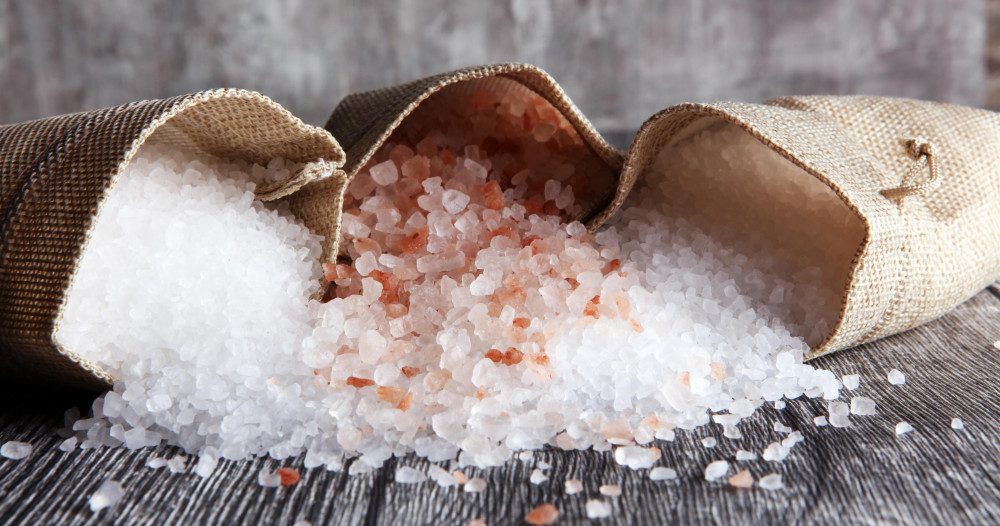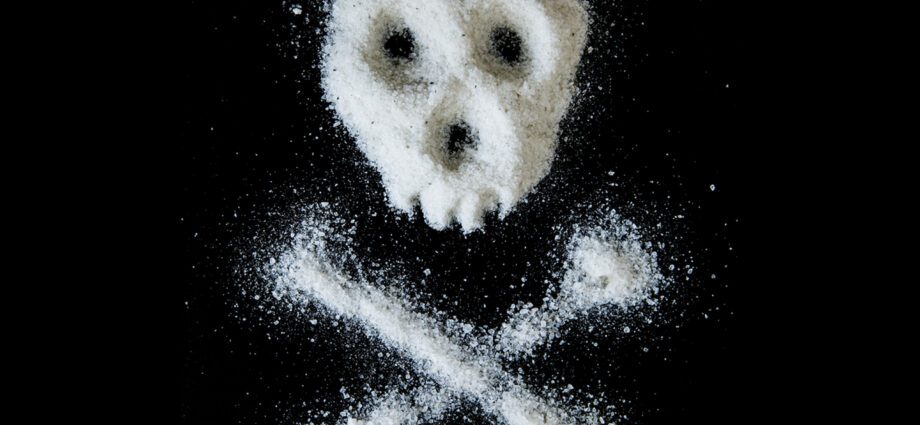Salt, this poison …

Too much salt !
The observation is clear: in developed countries, we consume too much salt. In fact, salt intake should not exceed 5g / day (which is equivalent to 2g of sodium) according to the World Health Organization (WHO).
And yet! In France, it is on average 8,7 g / d for men and 6,7 g / d for women. More widely, in Europe, the daily salt intake varies between 8 and 11 g. And it is not uncommon for it to reach 20 g per day! Even among young people, excess is required: between 3 and 17 years old, the average salt consumption is 5,9 g / d for boys and 5,0 g / d for girls.
In North America and Asia, the situation is the same. Americans eat about twice as much sodium as recommended. An excess which has significant impacts on health, in particular on the cardiovascular level … Because too much salt rhymes with increased risk of arterial hypertension, stroke, and kidney disease, among others.
To limit the consumption of salt, which has increased all over the world over the last century (mainly due to the boom in industrial agrifood products), the WHO has issued recommendations:
- In adults, salt intake should not exceed 5 g / day, the equivalent of one teaspoon of salt.
- For babies 0-9 months, salt should not be added to the diet.
- Between 18 months and 3 years, the salt intake should be less than 2 g.










